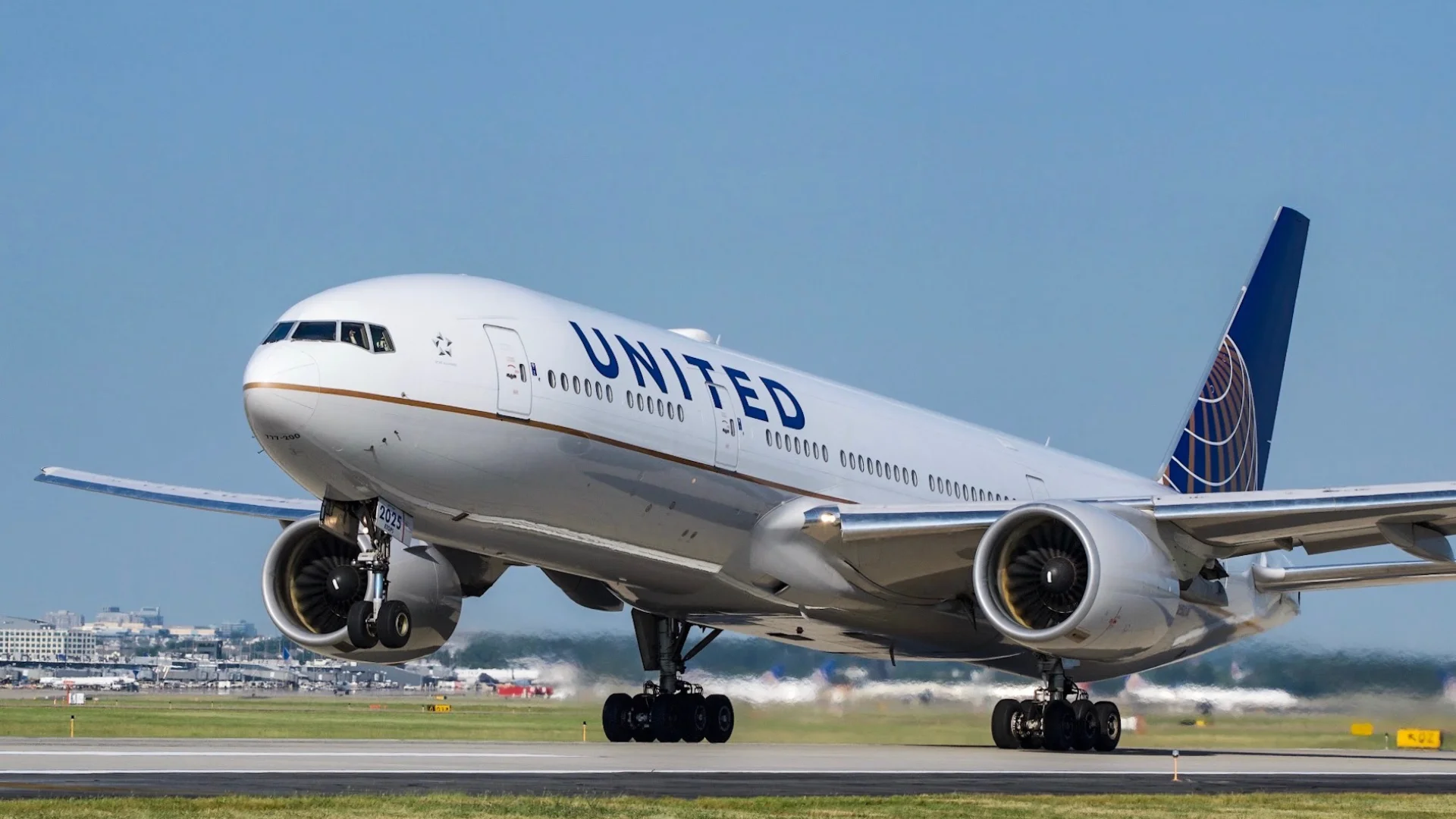At United, these planes are configured for high-density domestic travel, offering up to 364 seats across three classes: United First (domestic), Economy Plus, and United Economy. Amenities include onboard WiFi, USB and power outlets, seatback entertainment systems, and connectivity options for personal devices.
The average age of United’s fleet is about 15.6 years; however, its oldest active Boeing 777-200s have been flying for more than three decades. According to ch-aviation data, four of these aircraft have surpassed the thirty-year mark.
Boeing delivered a total of 88 standard 777-200s globally. This model competed directly with Airbus’s A330-300—a twin-aisle jet introduced around the same time—which remains popular among airlines for medium and select long-haul operations due to its updated wings and fly-by-wire systems.
United plans to retire its aging fleet of standard Boeing 777-200s over the next decade as it transitions to newer models like the Boeing 787 Dreamliner series. The airline has ordered approximately 150 Dreamliners that will form the backbone of its future widebody operations. The move comes as part of an effort to improve fuel efficiency, reduce operating costs and emissions, and offer passengers enhanced comfort through features such as larger overhead bins and improved humidity control.
United’s current network sees frequent deployment of its remaining Boeing 777-200s on key domestic routes including San Francisco-Honolulu—the most popular route—as well as Newark-Los Angeles and Los Angeles-Honolulu among others. Data from Cirium indicates that some routes see multiple daily departures using this aircraft type.
In addition to retiring older widebodies like the Boeing 767 variants alongside the standard 777-200s, United will also phase out older narrowbody jets such as certain Airbus A319s/A320s by year-end while gradually introducing new models like the Airbus A321XLR.
The shift toward modernized fleets allows airlines like United not only operational efficiencies but also opens opportunities for new international routes enabled by advanced aircraft capabilities—for example, recent non-stop services from San Francisco to Adelaide in Australia operated by United’s new Dreamliners have established direct connections previously unavailable between South Australia and the U.S.
 Alerts Sign-up
Alerts Sign-up




































